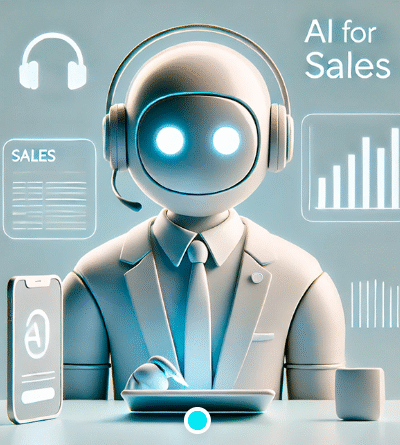In today’s rapidly changing digital twin landscape, personalization is no longer a buzzword—it’s the minimum. But in 2025, personalization has leaped ahead by a mile due to a powerful idea: the digital marketing twin.
Powered by AI, digital marketing twins are hyper-personal avatars built from behavioral, transactional, and contextual data. They mirror real-life users with stunning precision, enabling marketers to target audiences not by segments, but by individuals. If you’ve ever wondered how an ad seemed to “read your mind,” chances are, your digital twin was working behind the scenes.
Let’s dissect how this is done—and why digital twins are changing the future of digital marketing.
What is a Digital Twin in Marketing?
A digital twin in the marketing context is an online replica of an actual customer or prospect. This replica isn’t fixed—it’s a dynamic, data-driven model that learns and adapts based on your online tracks. From your browsing history and buying behavior to your social media tone, AI consumes everything to create a constantly updating avatar of you. These avatars are then used by marketers to predict behavior, refine messaging, and design campaigns that resonate with laser-like accuracy.
How AI Generates Digital Twins
AI acts as architect in constructing these twins. It utilizes:
Machine Learning (ML): To review patterns across vast datasets and forecast future behavior.
Natural Language Processing (NLP): To learn sentiment, interest, and intent from your web conversations, search queries, and reviews.
Real-time Analytics: To keep your twin in the loop with every action—whether you clicked, scrolled, paused, or bounced. These pieces come together to form a digital representation of every consumer that’s smarter, faster, and more perceptive than old-school user personas.
Why Digital marketing Twins Are Game-Changing for Marketers
Digital twins aren’t merely another strategy—they’re revolutionizing the heart of digital strategy. Here’s how:
1. Micro-Targeting at Scale
Rather than targeting “25-34-year-olds living in cities,” you could target Lisa—28-year-old weeknight skincare shopper, humor-loving email respondent, and green product enthusiast. That kind of specificity opens up personalization at scale.
2. Predictive Campaigns
AI doesn’t just react—it predicts. Your digital twin might show signs that you’re in-market for a new phone or that you’re about to churn from a subscription service. Marketers can intervene early with perfectly timed offers.
3. Cross-Channel Consistency
Because your digital twin tracks behavior across platforms, brands can deliver seamless experiences—whether you’re browsing Instagram, checking emails, or visiting a website. Every touchpoint reinforces the right message.
4. Content Optimization
AI twins assist marketers in knowing what type of content you consume the most. Short-form video or in-depth articles? Humor or urgency.
5. Marketing Efficiency
Predicting behavior and automating personalization through digital twins cuts wasted ad spend significantly.
Real-World Examples
– Email Marketing
Rather than generic blasts, brands now send hyper-personalized emails—right product, right message, right moment—all tied to the recipient’s digital twin behavior.
– Social & Paid Media
Ad platforms leverage Artificial intelligence-powered twins to maximize audience targeting in real-time, modifying bids, placements, and creative based on what each twin is most likely to react to.
The Ethics of Targeting Your Twin
Even as powerful as digital twins are, they pose significant ethical concerns:
Privacy & Consent: Are users informed about how their data is being utilized to create these twins?
Transparency: Should brands be transparent when marketing is powered by predictive avatars?
Manipulation vs. Assistance: Where do helpful suggestions end and psychological prods begin?
Marketers need to walk carefully, weighing performance against transparency and consumer trust.
What’s Next? The Future of Digital Twins in Marketing
As AI continues to develop, digital twins will grow stronger—and potentially interactive. Here’s a preview of what’s on the horizon:
Self-Learning Campaigns: Campaigns that dynamically change in real-time as the twin matures.
Conversational Twins: AI twins that converse with users in two-way dialogue to learn even more tailored insights.
In the not-too-distant future, we may witness AI twins not only defining how brands engage with users through marketing, but how users engage with the world—at the level of personalized shopping through to more intelligent content feeds.
Conclusion
Digital twins are the future of AI-enabled digital marketing. By developing real-time, living replicas of consumers, brands can provide personalization that is intuitive, timely, and truly useful.
But with that comes a new level of responsibility. Marketers who leverage digital twins openly and ethically will gain trust—and have a serious competitive advantage.
In a world of noise, the brands that “get” you will always prevail. And behind that magic? It’s your digital twin, working in the background.




